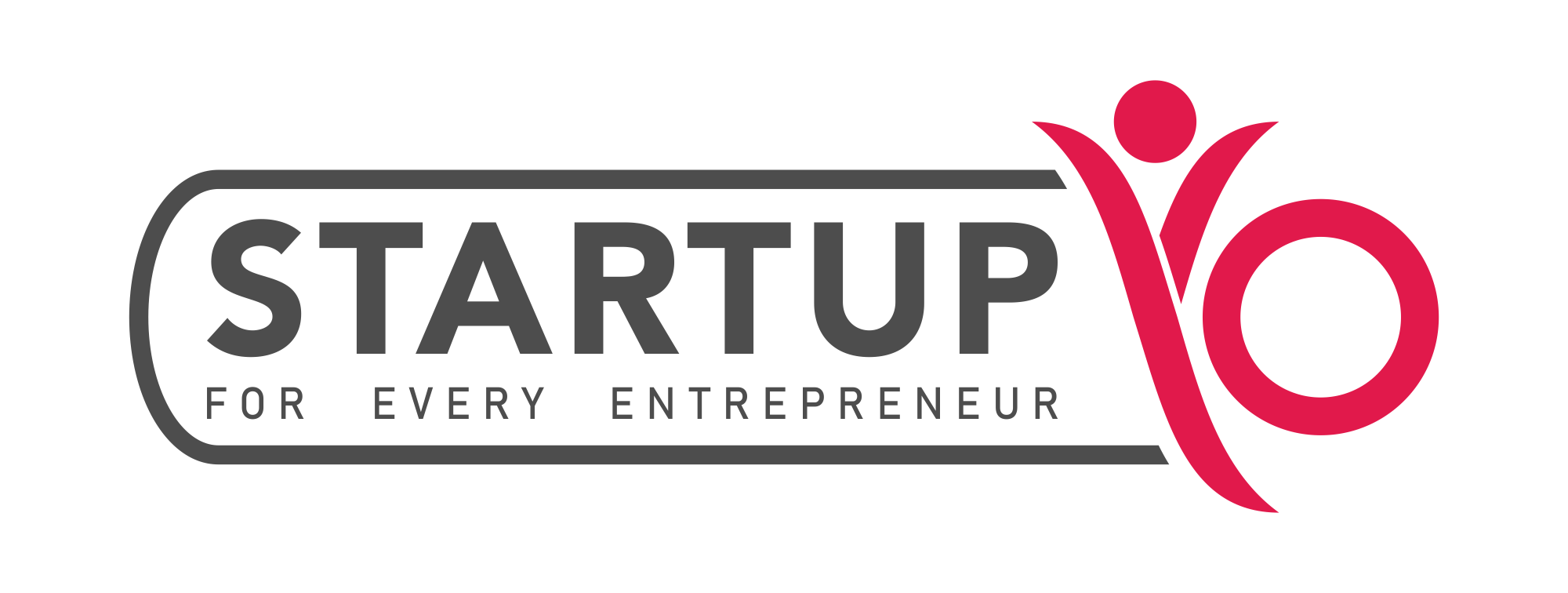Working Capital Loan
Let’s begin by defining Working Capital before we move on to Working Capital loans. The term working capital refers to the difference between the current accounts of a company minus the company’s current debt.
Correct estimation of working capital requirements is critical for effective budgeting and management. It is indicative of a business’s liquidity as well as its economic well-being along with its ability to make the most out of its assets.
The average business can’t operate at its full potential all year round. Through the course of their careers, they experience both rewards and hardships. In difficult times, business owners seek assistance from other financial sources to help keep their businesses afloat. Almost all businesses can acquire financing through both debt and equity.
The most common method of obtaining debt financing is through commercial banks, NBFCs, and other financial institutions. We will be discussing the benefits of these types of financial assistance and the application process.
What is Capital Loan?
As the name suggests, a working capital loan (WCL) is a credit facility provided by banks or NBFCs to firms that need funds to cover working capital needs. It is used to finance a business’s day-to-day operations. A company uses short-term loans to cover its operational needs, not for long-term investments or assets. Payroll, rent, and debt repayment are a few examples of needs that can be considered.
Basically, working capital loans are corporate debts used by businesses to pay for their daily operations. Those with few assets or growing businesses needing cash quickly may find unsecured business loans to be beneficial.
Among companies that are not well-capitalized or liquid, borrowing money to pay for operational expenses is common. The revenue of many Indian companies is not consistent throughout the year. This is mainly due to consumer demands.
Businesses with seasonal sales processes may need financing during slow periods. In essence, these loans benefit startups as they provide funding for a limited time period. Furthermore, it offers custom-designed payment plans to meet the company’s cash flow and earnings.
Features of a working capital loan: Below are some of its key features
Approximate loan amount: No matter how big or how small your requirements may be, you can avail yourself of a loan amount starting from 50,000 to 2 crores.
Superfast processing online application and approval: Obtain a working capital loan online with little documentation. This increases ease of use and funds are processed sooner. A visit to the location or waiting in line is not usually necessary. Given the online application process is easy to navigate it only takes a couple of minutes to complete. On average, such loans can be dispersed within 72 hours of application.
A reasonable rate of interest: In general, the interest rate on a working capital loan depends on a number of components, such as the brand, business model, the amount of revenue it generates, and more. Typically, rates on loan programs like these often differ depending on your credit history, ranging from 1% per month to an average of 2% per month.
Repayment schedule: Various repayment terms are available to choose from, ranging anywhere between 1 to 36 months for quick and simple repayment.
Minimal processing fee: The amount is generally determined by your lender and is a one-time charge. This amount is quite small and ranges somewhere between 2 and 3%. There won’t be any other fees or surcharges associated with the transaction.
Flexible Repayments: You can make repayments in the form of EMI (Equated Monthly Instalments) in which interest and principal are included. The monthly or bi-weekly payment options are also available for your convenience
Loans without collateral: Working capital loans can be provided without collateral. All banks have predetermined criteria for loan approvals. Generally speaking, For amounts below 1 crore, banks generally do not ask for third-party guarantees. Unsecured working capital loan to mitigate the risk of asset losses for your business.
Read More: Business Loans and Top 14 Types of Business Loans
Working Capital Loans types and their uses
Work Capital Loans can be categorized into two types: secured and unsecured.
As a rule, secured loans require collateral to be pledged in exchange for the funds loaned to your business. Whereas, a business’s financial health largely determines the approval of an unsecured loan. Various types of Working Capital Loans are available in the market. There are six types of working capital loans commonly used by SMEs. Each of these categories has been outlined so that they can be accessed according to one’s needs.
Trade Creditor
These loans are provided by current or new suppliers after an extensive investigation of your company’s credit history is conducted during the application process. In general, lenders will only provide loans for bulk purchases. The guidelines and requirements for obtaining this loan are extremely detailed.
Bank Overdraft Facility
With an overdraft facility, an account holder can access or withdraw more than the available balance on their account up to the pre-approved ceiling.
You will need good relationships with your lenders if you are applying for this type of loan. It determines the interest rate and the amount of credit your company can request. The overdraft facility of banks has the benefit of only charging interest on the amount overdrawn. Bank rates, however, often exceed the prime rate.
Account Receivable Loan
Those companies who require funding to complete a sales order should look into it. In order to qualify, a business’s sales order value must be confirmed, which means good credit is necessary. Due to the risk of default in invoice payments, most lenders do not offer these loans.
Factoring or Advances
As with accounts receivable loans, the Factoring working capital loan works the same way; the only difference is the amount of the loan is dependent upon future credit card receipts. It works on the principle of lending against future credit card receipts rather than sales. Credit card payment is a prerequisite for this type of loan.
Short-term loans
It is a popular loan program for small businesses. Repayment typically takes place over one year. Cash flow problems are the most common reasons for using it. The transaction has the potential of protecting your cash flow or enabling you to make a profit from the utilization deal, depending on which you prefer. Buying inventory as working capital is not the only way to use it.
Equity funding or personal resources
A business with a poor credit history can use this type of loan for expansion. Funds obtained through equity are usually personal. Capital can be raised with your help from investors who are interested in your business model. For instance, a friend or family member can invest in the company. Equity funding can be an option for start-ups or those with poor credit scores.
Benefits
There are multiple advantages of a Working Capital Loan; here are some of the most basic benefits offered by different financial institutions:
Faster processing: The application process begins once you provide basic information and submit minimal documentation. Loans for working capital are typically available within 3 business days after submitting all required documents.
Better Cash Flow: It will provide you with the cash needed to meet your basic business costs in the case that things don’t go as planned and you have some time to recover. In addition to helping your company maintain its growth, it also helps it stay in check. While your business grows, you’ll have the cash to operate efficiently during cash crunches or cyclical ups and downs in sales and revenues by ensuring ready access to cash.
Non- disclosure agreement: Non-disclosure agreements are legally binding and provide confidentiality in business relationships. This agreement prevents your lender from having any say in how your business is run. If you are using the funds to keep your business going, there are relatively few limitations as to how they can be spent.
Preserving your ownership: It is not necessary for business owners to relinquish any of their ownership or control. Through these loans, you can obtain credit quickly and easily without putting up any collateral (most of the time).
No restriction: The advantage of a working capital loan is that you can spend your money at your discretion. The loan application doesn’t require a detailed breakdown of your business expenditure.
Enhance your credit score: Making on-time payments of EMIs will boost your low credit score and help build your credit. The key is repaying the loan regularly.
Read More: Small Business Loans: Features, Eligibility, Documents, Steps to Apply
Eligibility Criteria
The parameters of every funding institution are different and you should tailor your proposal accordingly. If you are looking to apply for a working capital loan in India you should either have been in business for a number of years or you should have a certain annual turnover.
The prerequisites for each bank are different. Here is a list of the basic requirements stipulated by different institutions to qualify for a working capital loan:
- Age Criteria: Min. 25 years & Max. 55 years
- Lenders will be responsible for defining the vintage of the business, the turnover, and the experience
- An excellent credit score and repayment history
- No history of default on the previous loan
- A business owned and operated by one person Collaborations
- Companies, both private and public
- SBA (Small Business Administration) financing should not be barred or revoked due to blacklisting.
Note: Funding from small business working capital loans is not available to trusts, NGOs, and charitable institutions.
Documents required
- Completed application form with passport-sized photographs
- Documents proving the applicant’s identity and residency—their passport, their Aadhar card, their voter’s ID card, their driver’s license, and their PAN card; and recent utility bills (telephone, electricity, internet).
- Bank statement from the last year
- Deed of partnership, if applicable
- Documents proving business registration and incorporation (e.g. Business Registration Certificate, GST filing, Trade License, VAT registration, and so on)
- If the lender deems it necessary, he may also request other documents to be submitted
- Company PAN Card Copy
Read More: Complete Guide on Term Loans
Working capital loans: how to apply?
In general, applying for a working capital loan involves the following two steps.
- Interested parties can download and print the form from the lender’s website, just fill in your information, and submit your application.
- In addition, you can also visit your local branch, request an application form, and submit your documents there.
Here are a few points to remember
The repayment of a working capital loan is a long-term obligation that you will have to fulfill. Therefore, you need to examine your business requirements prior to making decisions. If you are in a bind, here are some tips you might find helpful when you are considering applying for one
Although, the easiest method to finance working capital is to obtain working capital loans, additionally, you may be able to streamline your financial situation by adopting other approaches. You might consider, eliminating non-productive expenditures, maximizing your accounting process, cutting your inventory holdings, etc. You should try every possible measure to streamline your finances before taking out a loan.
To maximize the benefits from the borrowed capital, you should have a well-laid-out plan on how you intend to use it. Doing otherwise may result in an even worse outcome for your business than it is currently experiencing. Using working capital loans to finance expansion or long-term assets is not recommended.
Conclusion
Working capital loans are no doubt advantageous for businesses with a well-functioning supply chain. Understanding the ability to repay the loan is crucial. If small business owners are considering a loan, but lack the income to make monthly payments, then they should evaluate alternative sources of financial stability which are more cost-effective.
An in-depth understanding of all the important information is beneficial before embarking on such an undertaking. It helps to examine these points in order to determine what will work best for your particular situation. Furthermore, you will be able to avoid making mistakes such as borrowing more than you need, selecting the wrong tenure, and so on.
Applicants should carefully consider all of the above guidelines before applying.
Should you wish to find out your eligibility for this offer or if you have any other questions, please call/WhatsApp +918886666821. You can email [email protected]
Disclaimer: The information contained in this article is for general information purposes only. The information is provided by StartupYo (SAB Weblabs Pvt. Ltd). While we endeavor to keep the information up to date and truest to the best of our knowledge, we make no representations or warranties of any kind, express or implied, about the completeness, accuracy, reliability, suitability, or availability with respect to the website or the information, products, services, or related graphics contained on the website for any purpose. Any reliance you place on such information is therefore strictly at your own risk.



